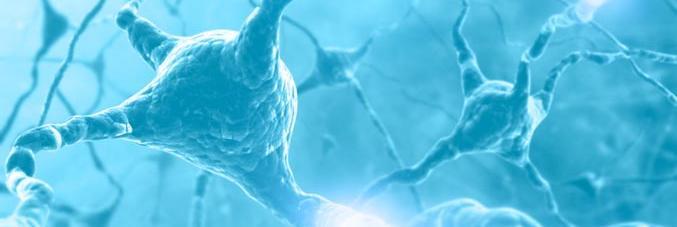
The effects of PFAS on the nervous system
19.11.2021
Published in Environment International, the research study led by Professor Carlo Foresta of the University of Padua is entitled Impairment of human dopaminergic neurons at different developmental stages by perfluoro-octanoic acid (PFOA) and differential human brain areas accumulation of perfluoroalkyl chemicals. The study examines the relationships between PFAS and abnormalities of the central nervous system, behavioral and neurological disorders such as Alzheimer's, and the increased risk of autism spectrum disorders.
Researchers from the University of Padua Department of Neuroscience were able to take advance of the Body Donation Program of the University of Padua thanks to the program coordinators Professor Raffaele De Caro and Professor Andrea Portzionato. Researchers compared the concentration levels of PFOA, PFOS, and PFHxS in brain tissue samples provided by the University Body Donation Program. The study focused on dopaminergic neuron areas, such as the hypothalamus.
The work was a collaborative study between various Departments of The University of Padua and the Veneto Institute of Molecular Medicine (VIMM). Researchers cultivated stem cells in the laboratory during the early and mature differentiation stages of dopaminergic neurons, allowing researchers to verify any biological effect. PFAS at concentrations similar to those found in brain areas integrates with neuronal membranes, modifying their structure and stability. Levels of PFAS are more evident in the earlier stages found during the maturation process of neurons.



